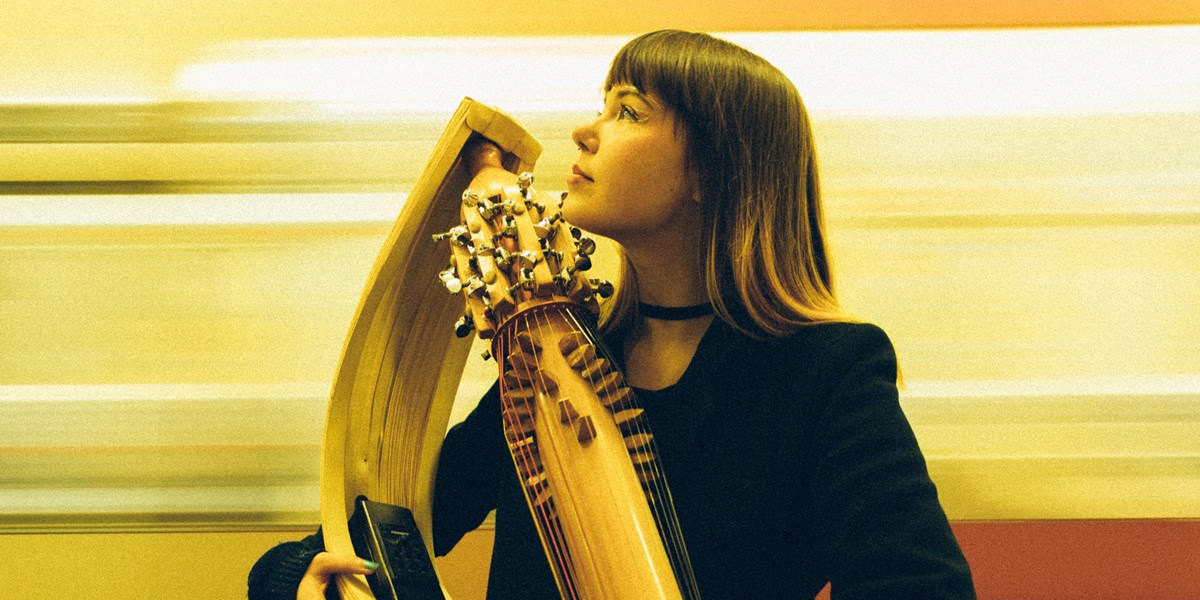Friday, October 22, 2021
Sasando | Musical Instrument Guide (with Aga Ujma)
By Jim Hickson
The little-known Indonesian zither has a new champion determined to raise its profile. Aga Ujma speaks about her sail-powered instrument


Register now to continue reading

Thanks for visiting the Songlines website, your guide to an extraordinary world of music and culture. Sign up for a free account now to enjoy:
- Free access to 2 subscriber-only articles and album reviews every month
- Unlimited access to our news and awards pages
- Our regular email newsletters

